A venturi tube contains a throat that is smaller in diameter than the pipeline, into which it fits. The restriction diameter should not be less than 0.224 D and not more than 0.742 D where D is the nominal bore diameter of the pipe.
When the fluid flows through it, the pressure at the throat is lower than the upstream pressure (because of increased kinetic energy due to increased velocity, ½ mv2) and the consequent reduction in flow energy (Ef = P . v).
Venturi Flow Meter
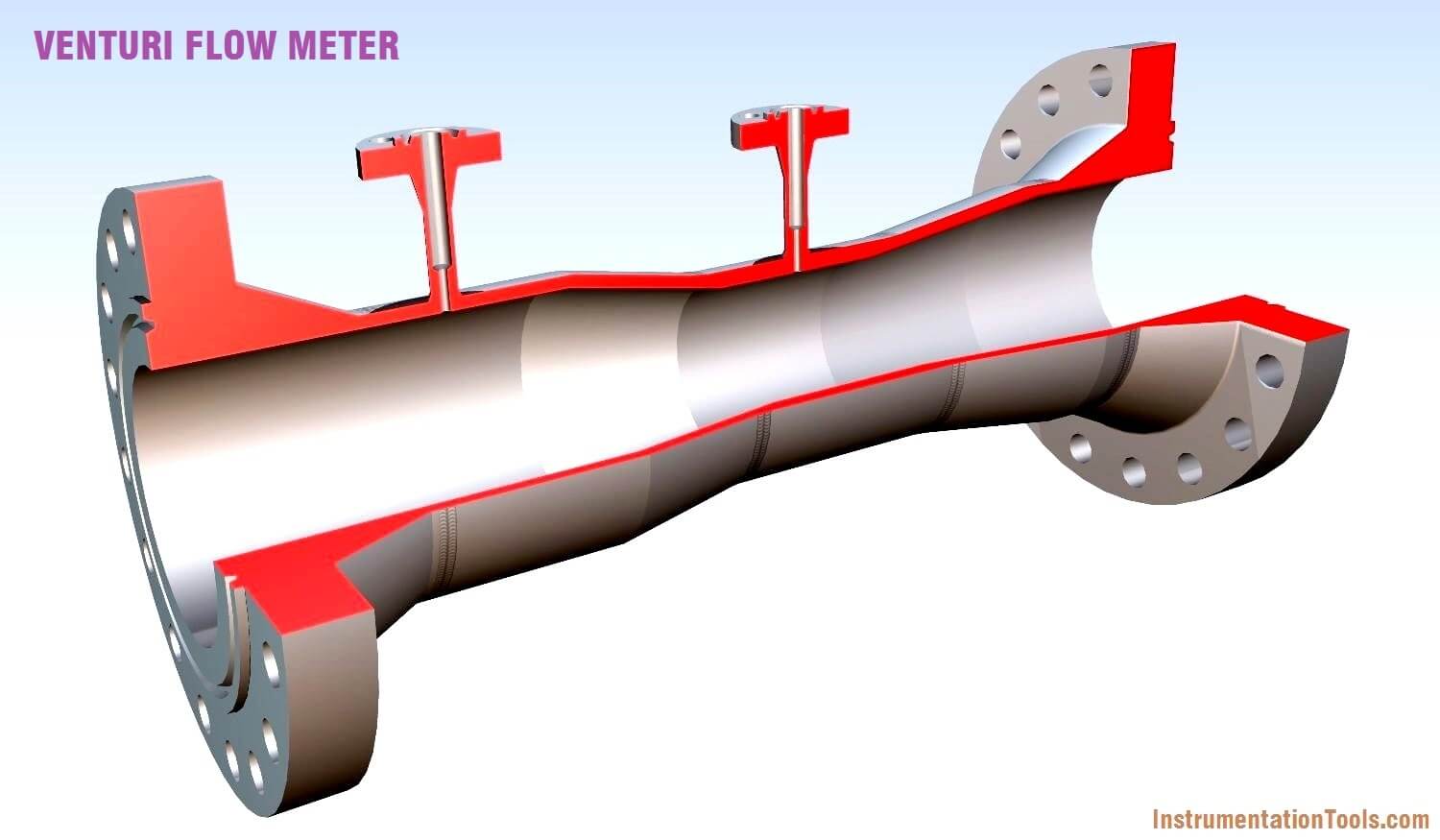
The flow rate is proportional to the pressure difference, P1 – P2.
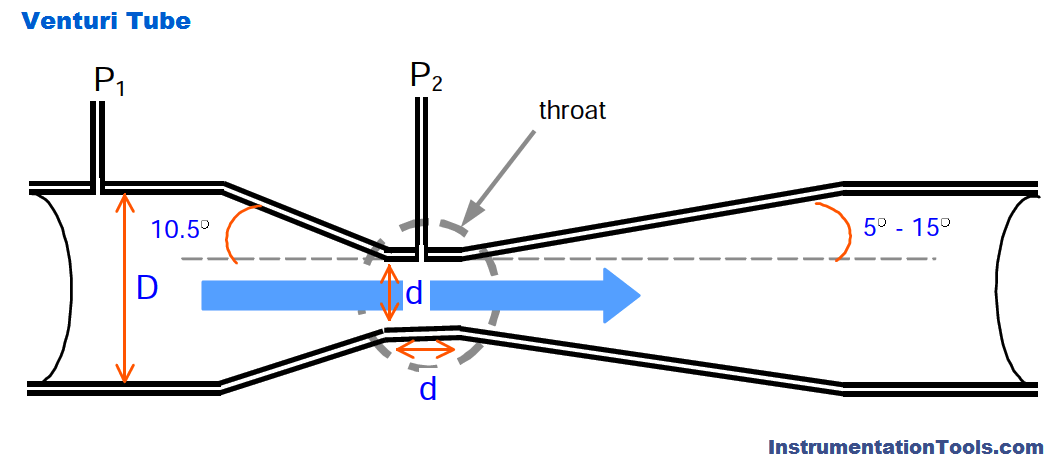

where, k is dependent on the pipeline and throat diameter, density, and discharge coefficient
The venturi flow meter should always be used for turbulent flow. Its accuracy for a wide range of instruments is about 0.5%. ideal for use in Heat Ventilation Air Cond. (HVAC) applications, or air to furnaces and boilers and for liquids containing particles and slurries.
What is the venturi effect?
The Venturi effect is the reduction in fluid pressure that results when a fluid flows through a constricted section (or choke) of a pipe. The Venturi effect is named after Giovanni Battista Venturi (1746–1822), an Italian physicist.
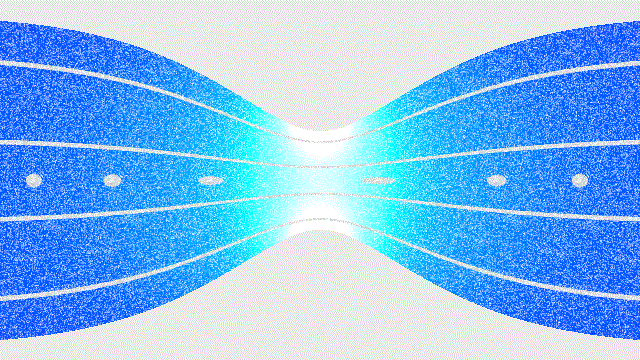
In fluid dynamics, a fluid’s velocity must increase as it passes through a constriction in accordance with the principle of mass continuity, while its static pressure must decrease in accordance with the principle of conservation of mechanical energy.
Thus any gain in kinetic energy a fluid may accrue due to its increased velocity through a constriction is balanced by a drop in pressure.
By measuring the change in pressure, the flow rate can be determined, as in various flow measurement devices such as venturi meters, venturi nozzles, and orifice plates.
Main Features of Venturi Meter
- Pressure recovery for venturi tubes is a lot better as compared to the orifice plates.
- Venturi tubes are appropriate for clean, dirty, and viscous liquid and a few slurry services as well.
- The rangeability of a venturi tube varies from 4 to 1.
- In venturi tubes, pressure loss is low and the viscosity effect is high.
- Usually, the accuracy of a venturi tube is 1% of its full range
- The essential upstream pipe length of a venturi tube is 5 to 20 diameters
- Venturi tubes exist in sizes up to 72″.
- A venturi tube can pass 25 to 50% more flow than that of an orifice plate keeping the same drop in pressure.
- Since the early cost of a venturi tube is quite high, it is mainly engaged on larger flows and in more complicated or challenging flow applications.
- Unlike orifice plates, venturi tubes are almost insensitive to velocity profile effects and consequently call for less straight pipe run than an orifice.
- Venturi tubes are resistant to corrosion, erosion, and internal scale build-up, owing to their contoured nature, pooled with the self-scouring action of the flow through the tube.
- The use of venturi tubes involves a lot of savings in installation and operating and maintenance costs.
- Venturi tube flowmeters are frequently used in applications involving higher TurnDown Rates or lower pressure drops, particularly in areas where orifice plates fail to perform.
- By means of the right instrumentation and flow calibration, the flow rate of a venturi tube can be brought down to about 10% of its full-scale range with correct accuracy which in turn results in a TurnDown Rate of 10:1.
Advantages of Venturi Meter
- They can handle large flow volumes at low-pressure drops.
- Venturi tube flowmeters involve no moving parts.
- They can be mounted in large-diameter pipes via flanged, welded, or threaded-end fittings.
- They can be used with nearly all liquids, as well as those containing extreme solids content.
- Venturi tubes involve no projections into the fluid and no sharp corners. Also, there are no rapid changes in contour.
Disadvantages of Venturi Meter
- Highly expensive
- Occupies considerable space
- Cannot be altered for measuring pressure beyond a maximum velocity.
If you liked this article, then please subscribe to our YouTube Channel for Instrumentation, Electrical, PLC, and SCADA video tutorials.
You can also follow us on Facebook and Twitter to receive daily updates.
Read Next:
- Orifice Flow Meters Facts
- Coriolis Meter Construction
- Flow Measurement Techniques
- Flow switch Principle
- Turbine Meter Troubleshooting
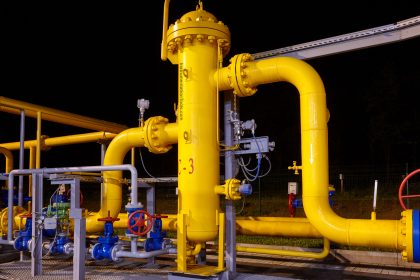
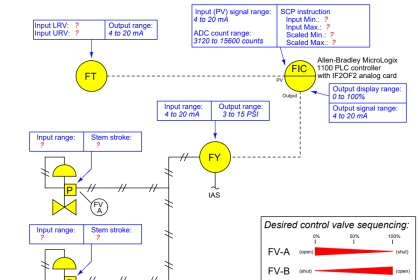

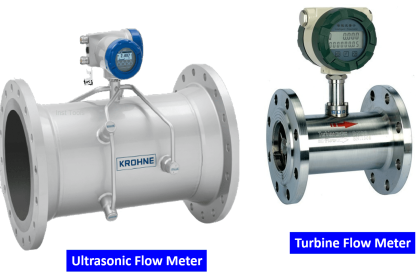
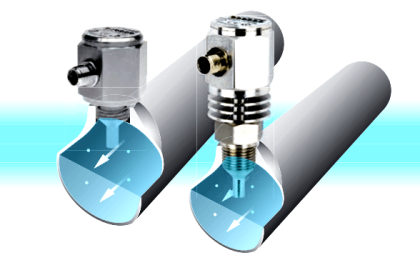


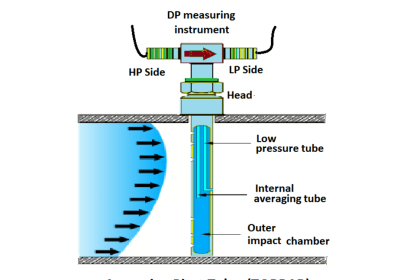
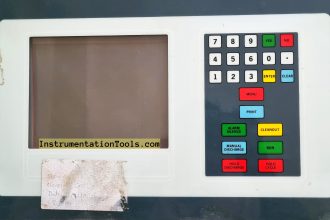
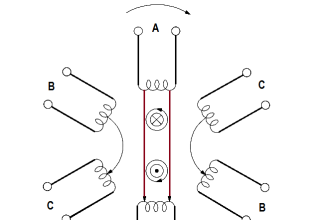
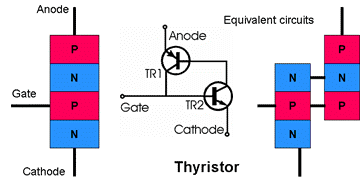
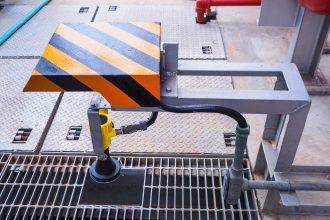
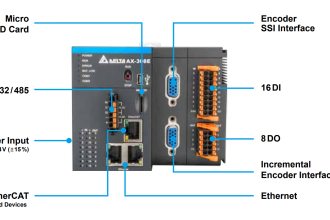




what is diffrence between hart protocol and field foundation please explain in detail
Hello, Differences already available in Communication Category. Pl check.
please explain about venturi installation , where taken out high pressure taping and low pressure taping and more detail